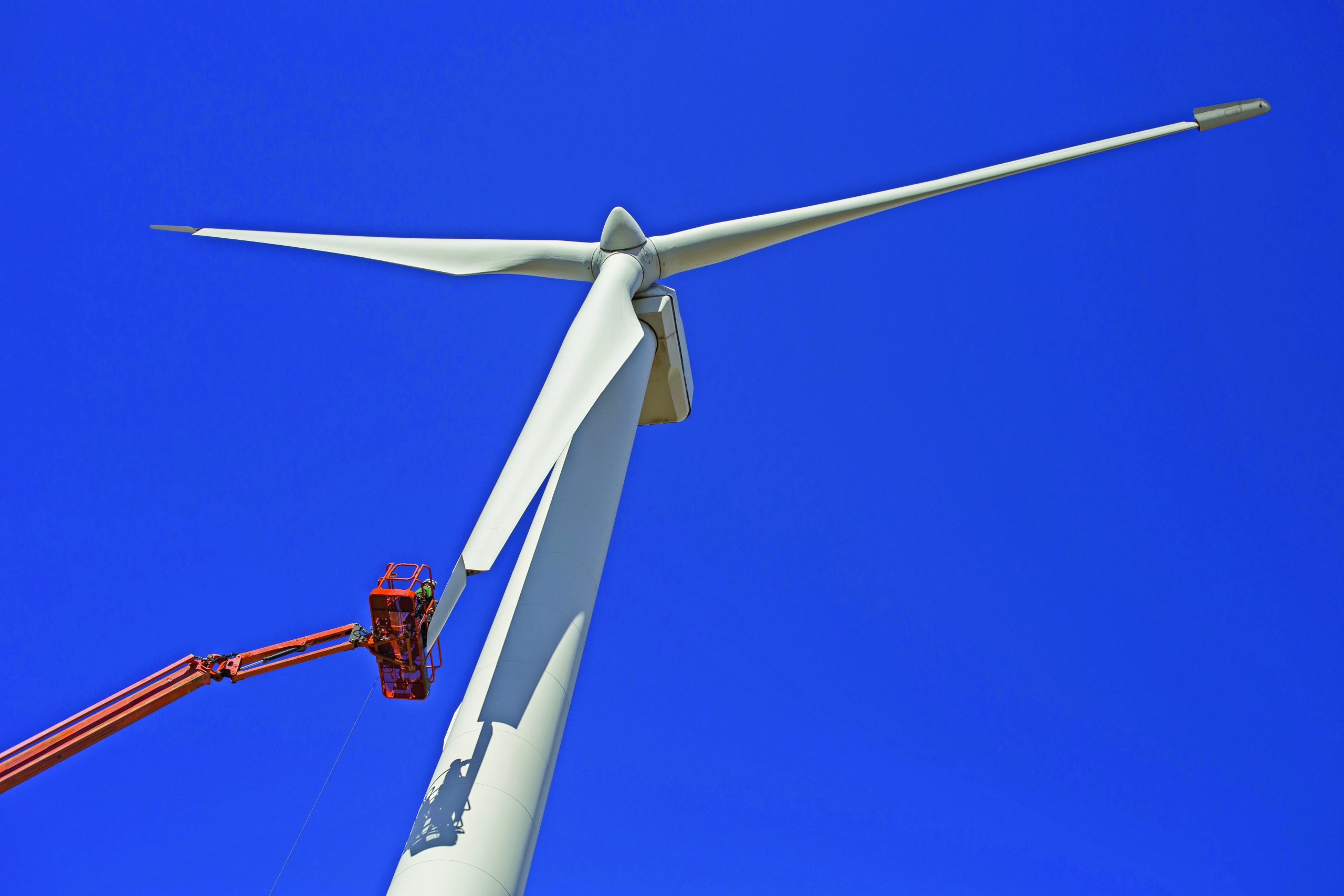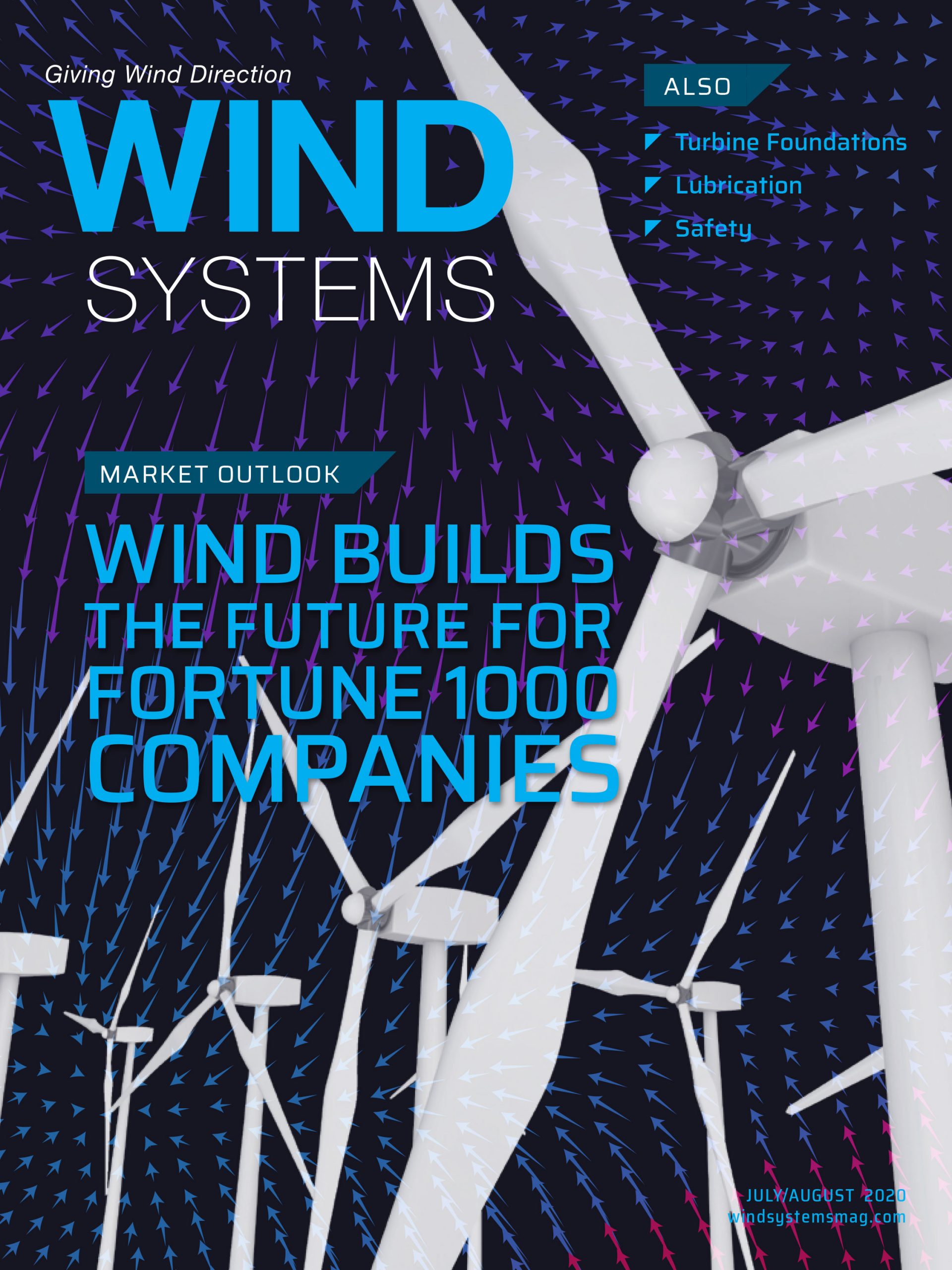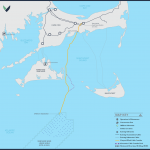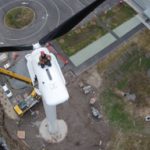Owners and operators who look to make “quick digitalization fixes” rather than investing in smart digitalization strategies are in danger of missing out on huge operations and maintenance (O&M) savings that are critical to wind-farm profitability. This is according to ONYX InSight, a leading provider of predictive maintenance solutions to the wind industry.
The emergence of COVID-19 has accelerated the adoption of digitalization practices. Some owners and operators who have previously overlooked digital technology in their operations now find themselves at a substantial disadvantage, struggling to deal with a wide range of market challenges. Even those who have previously invested are looking at ways to bolster the effects of their strategies as they look to take advantage of a predicted boost in renewable investments.
In its new whitepaper, How smart digitalization will help you thrive in a post-pandemic world, ONYX InSight warns how the industry is at a crossroads when it comes to digitalization adoption and how digitalization has the potential to bring its own costs and downsides to the industry if applied ineffectively.

The whitepaper highlights three common obstacles that owners and operators must avoid in order to prevent a poor return on their digitalization investment:
- Collecting data with no clear strategy.
- Over-reliance on artificial intelligence (AI) and machine learning (ML).
- Failure to recognize multiple data streams.
When owners and operators struggle to implement successful digitalization strategies, and expected returns do not materialize, disillusionment starts to set in. In the whitepaper, ONYX InSight warns that companies may begin rejecting advances in digitalization because they are not getting the returns promised by some service providers and they do not know how best to use the technology on offer.
“Some owners and operators invest in cheaper AI-only services because they receive assurances that these services will increase their profits,” says Bruce Hall, CEO, ONYX InSight. “However, the issue with some of these services is they rely only on algorithms to identify the trends and anomalies that indicate operational issues and lack the engineering expertise to provide accurate interpretation of the data and draw out the trends. This is problematic because most ML and AI tools only look for indicators of anomalous behavior, rather than direct fault identification, and fail to spot or highlight the ‘real’ issues. This means owners and operators still need access to practical engineering skill sets or other tools if they are to extract useful insights. Without those skills the data — and therefore service — is of limited value. This has caused some operators to become disappointed in ML services.”
“We are very optimistic about what ML can offer,” he said. “Data analytics has a huge role to play in improving profits and production on wind farms through predictive maintenance … but only if the technology is utilized in the right way.”
The whitepaper reveals how effective O&M decisions need to be based on a combination of data analytics and real-world engineering experience, how combining data streams can transform the level of insights that can be drawn from wind-turbine data and how the industry needs to eliminate data silos and bring all data into one place.
“The future of predictive maintenance in the wind industry will see more data streams introduced into analysis to enable wind-farm owners and operators to realize maximum production and profits,” Hall said. “However, the addition of extra data streams will only compound the issue created by ineffectual data services. This is why it is so important to ensure the right analysis and expertise are called upon. The best service providers in the industry will have experienced engineers who have not only seen most issues before but can also tackle new issues efficiently while delivering actionable advice that makes a real commercial difference to wind-farm owners and operators.”
“The lessons of the pandemic must be combined with the lessons of the past few years,” he said. “Advances in remote sensing and remote analytics are accelerating rapidly as part of our ‘new normal,’ and it is likely that this new way of working will continue. It is for this reason that digitalization needs to be approached systematically, ensuring that the technology is understood, expectations are realistic, and that best practice in data analysis becomes ingrained into O&M operations.”
More info onyxinsight.com



































